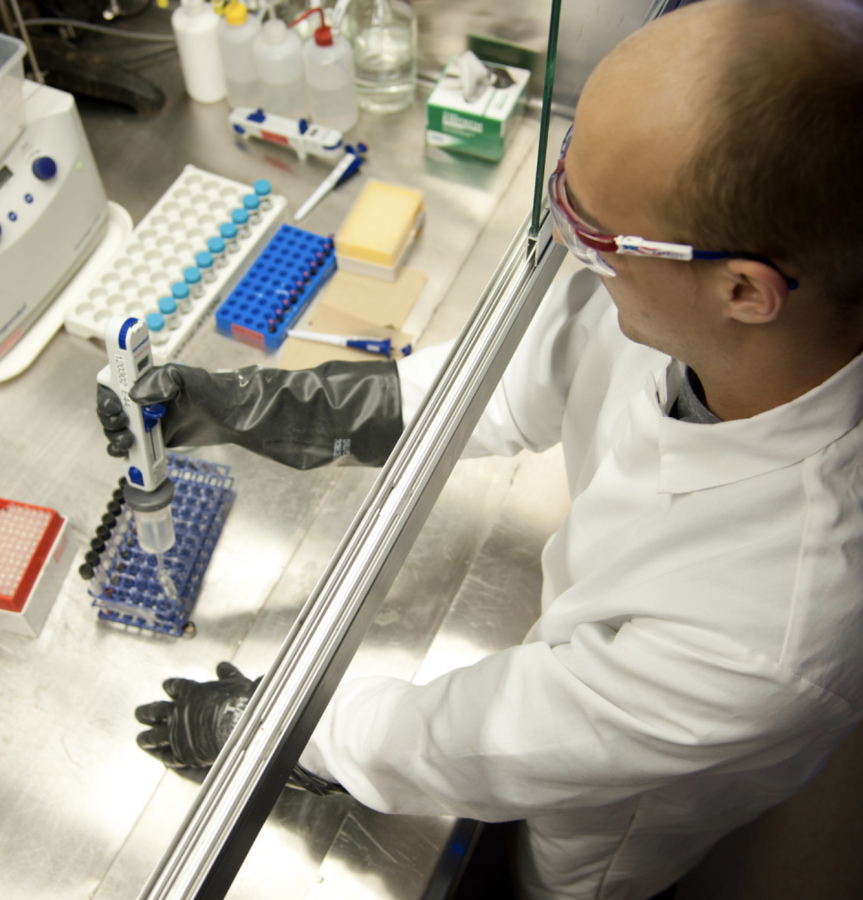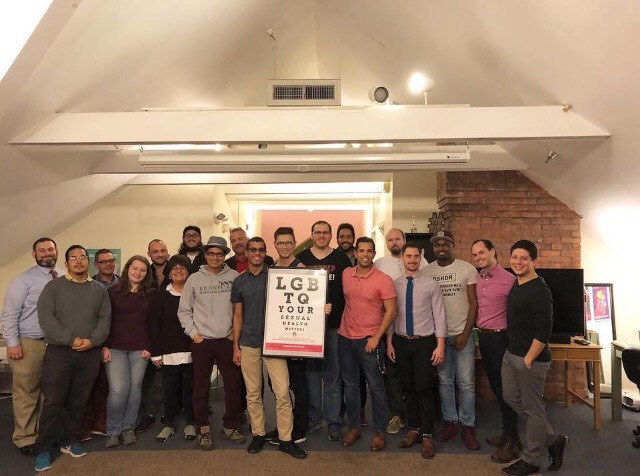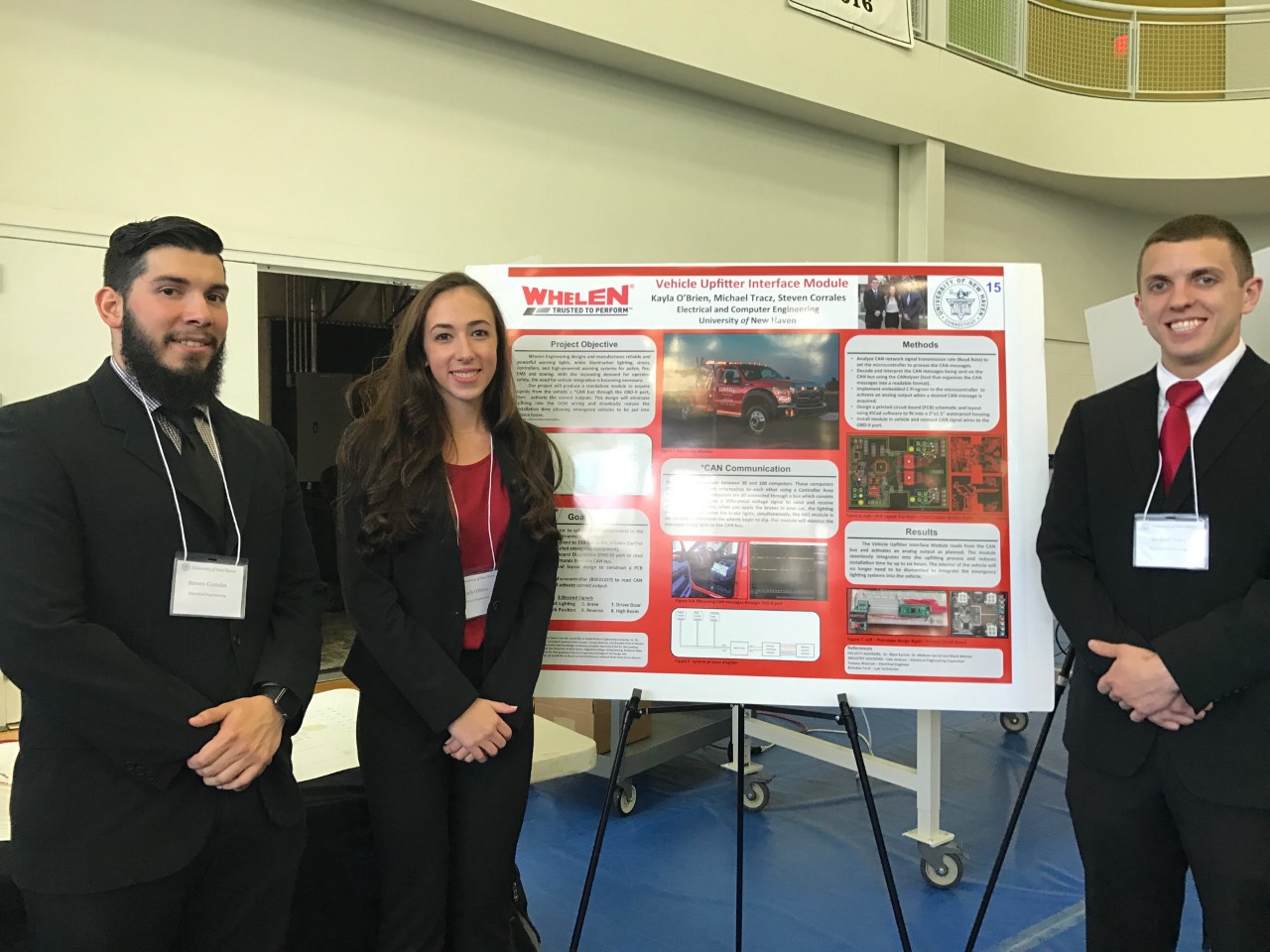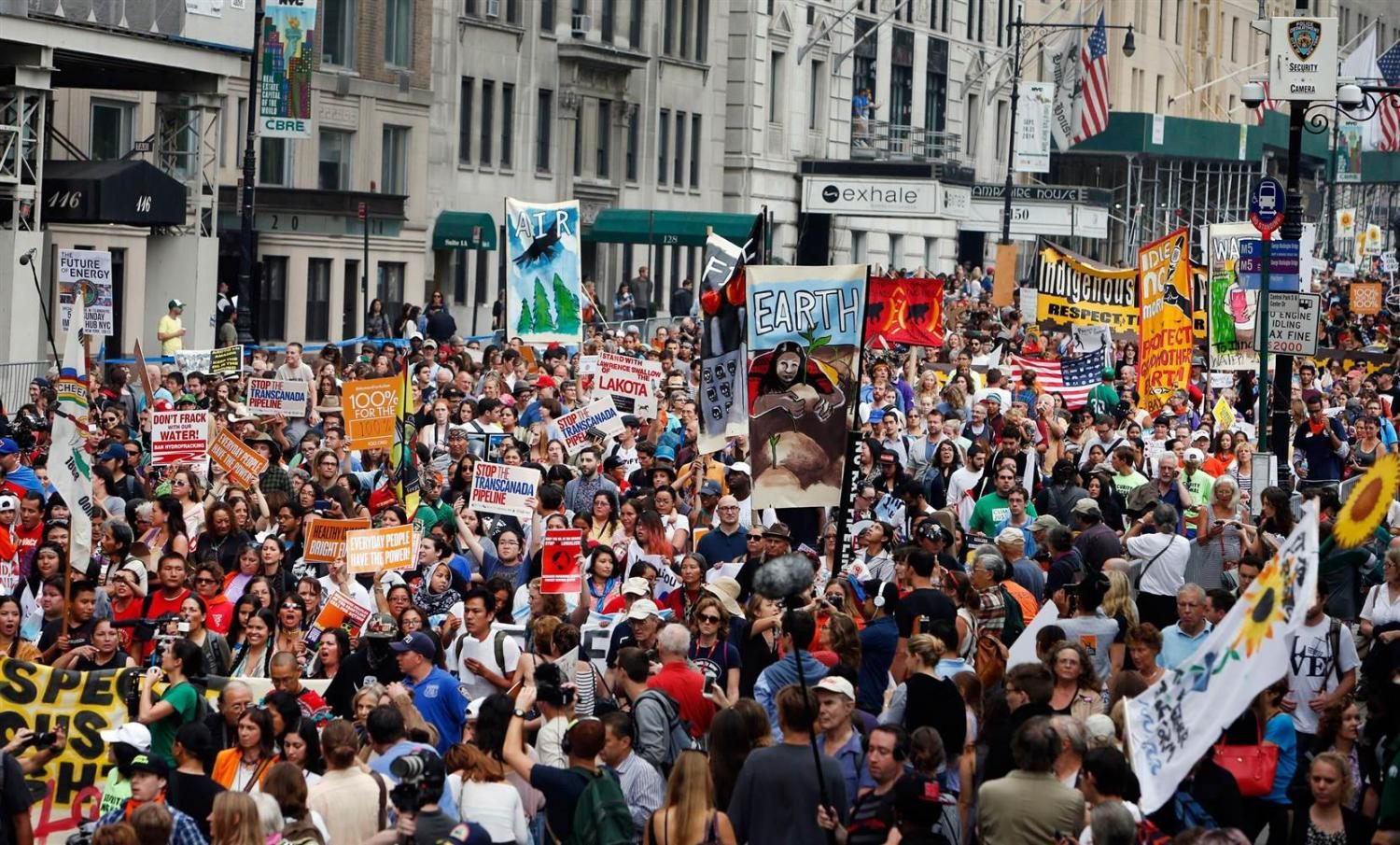From The Associated Press
ST. PETERSBURG, Russia – Preservationists and opposition politicians on Wednesday decried St. Petersburg’s decision to allow Gazprom, the state natural gas giant, to build a hulking skyscraper, saying it will ruin the city’s czarist-era aura.
On Tuesday, the city’s administration approved Gazprom’s plans to build a twisting, 77-story glass-clad tower near the Neva River, more than three times as high as the spire of the St. Peter and Paul Cathedral, which is now the city’s tallest building.
Project advocates say the building and affiliated trade center, together called the Okhta Center, would be an important step in developing Russia‘s second city, which has trailed far behind Moscow in cashing in on the country’s post-Soviet economic transformation. But critics denounce it as a crude show of political and commercial ego; Gazprom, which aspires to become the world’s largest company, is a key export earner for Russia.
UNESCO has warned that building the 400-meterl (1,300-foot) tower could endanger St. Petersburg’s status as a world heritage site. “We feel anxiety about this decision,” said Russian UNESCO committee member Grigory Ordzhonikidze, according to the state news agency RIA Novosti.
While other major Russian cities raised skyscrapers as a matter of pride during the Soviet era, St. Petersburg’s center retained the low-rise profile of a 19th-century city through strict building regulations.
The proposed tower would be built across the Neva and upriver from the most heavily visited parts of St. Petersburg, but would still dominate many views and would loom over the Smolny monastery complex, whose turquoise buildings trimmed in frilly white are one of the city’s most beloved sites.
“At the beginning of September, the city held public hearings on the matter and the majority of participants were against such a height for the tower. However, the mayor didn’t care about the opinion of the population. We can’t change the situation until democracy comes back to the country,” said Olga Kurnosova, head of the local branch of the Other Russia umbrella opposition group.
City mayor Valentina Matviyenko is seen as a loyal associate of Russian Prime Minister Vladimir Putin, and President Dmitry Medvedev served for years as Gazprom’s board chairman. Both Putin and Medvedev are from St. Petersburg, but have made little public comment about the project.
Svyatoslav Gaikovich, vice president of the St. Petersburg Architect’s Union, said “the tourism flow to St. Petersburg may suffer” if the city loses its UNESCO status.
The controversial approval of the tower comes amid wider concerns about the destruction of historical areas in Russia. Much of the attention has focused on Moscow, where massive redevelopment projects have mushroomed in the past decade, but St. Petersburg also draws dismay. A report last month from the Moscow Architecture Preservation Society called the St. Petersburg tower “the most monstrous project.”
Some St. Petersburg residents have dubbed the design the “corn cob” or the “cigarette lighter” because of its shape.
But others see the project as a step forward.
“It seems to me that the Okhta Center will help the depressed area around it become a modern area of the city,” said 34-year-old Larisa Smirnova. “The tower itself may also become another attractive sight of the city.”








